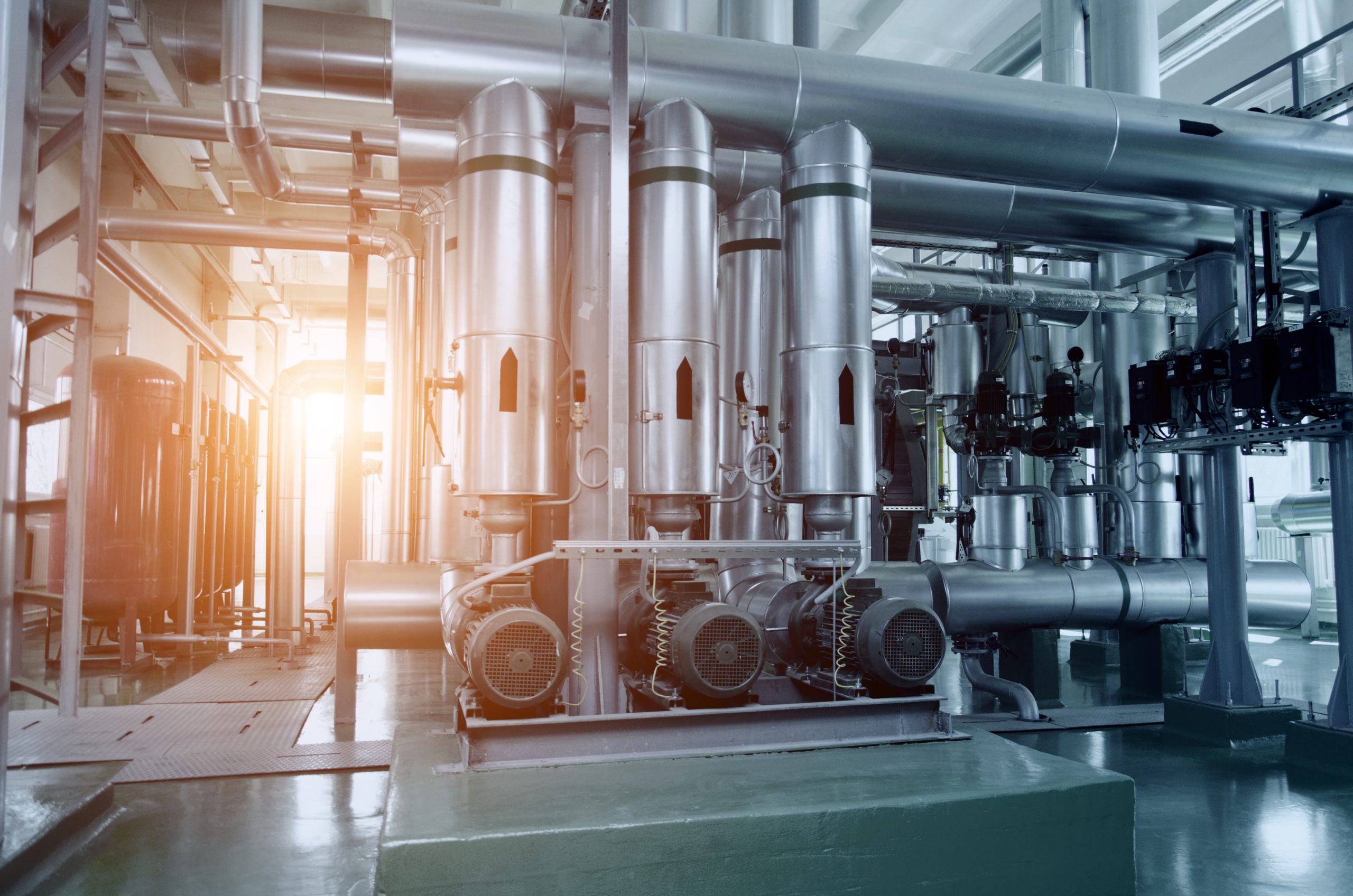The U.S. administration’s hefty tariffs on stainless steel imports have resulted in unsettled plans, projects, and forecasts around the world. Countries and corporations are adjusting to the subsequent pricing and supply chain uncertainties by amending their fiscal strategies, re-examining their objectives, and reassessing their inventories and cost structures.
Retaliation often follows the implementation of tariffs. Costly trade disputes cause economic volatility and geopolitical fallout. The tariffs on stainless steel have created a ripple effect that extends beyond the steel industry. From construction to medical devices, any sector that relies on stainless steel must now navigate higher costs and inventory challenges. Further, consumer confidence is negatively affected by any hint of uncertainty.
Where this ends is only a guess, but business leaders are keeping a close watch on any perceptible shift that requires immediate attention.
Courtesy of Outokumpu
A new white paper by Outokumpu reveals how the recent round of tariffs and subsequent geopolitical tensions are altering stainless steel procurement strategies globally. Titled “The Evolution of Materials,” the report draws insight from a global survey, conducted by Kairos Future, of 70 senior decision-makers at companies with a combined annual revenue of USD430 billion (2024) — including some of the world’s largest industrial steel consumers across energy, consumer goods, automotive, construction and infrastructure*.
The survey was conducted in May 2025 during the initial wave of widespread tariffs introduced under the first few months of the new U.S. administration — a period that marked a significant shift in global trade dynamics.

The findings show that one in three organizations paused or delayed stainless steel orders due to tariff upheaval, raising concerns about the progression of major infrastructure projects globally. More than half of the respondents are now re-evaluating their entire sourcing strategy, and 30% have already changed suppliers in response to shifting trade conditions.
The survey reveals regional differences in response strategies. North American companies have been more reactive, with many locking in long-term prices to hedge against volatility.
In contrast, European respondents were more likely to build up inventory, aiming to buffer against future disruptions.

“Tariffs and geopolitical shifts are doing more than unsettling markets — they’re forcing many industries to rethink materials sourcing,” says Kati ter Horst, President & CEO of Outokumpu. “Ongoing uncertainty and shifting regulation are causing disruption. Policymakers globally must act to safeguard vital infrastructure projects and prevent further delays.”
Despite short-term caution, two out of the three respondents anticipate higher stainless steel intake over the next five years, with one in three predicting a ‘significant’ rise. Even on a 12-month horizon, just under half the sample expect volumes to tick upward.
The mid- to long-term demand surge is driven by stainless steel’s expanding role beyond traditional niche industries. Climate change, rapid urban growth, and tighter environmental regulations are key catalysts.
More extreme temperatures, flooding and other weather events are placing infrastructure under unprecedented strain, making stainless steel’s corrosion resistance and strength more valuable than ever – from its use in bridges and coastal defences to tunnels and skyscrapers. Its recyclability and long lifecycle reinforce its role in building resilient, low-impact infrastructure.
Stainless steel is also gaining prominence in defense and aerospace, as security concerns drive military investment. The EU’s €800 billion ReArm Europe plan, which prioritizes resilience and sustainable materials, is set to boost demand for advanced stainless steel grades that extend asset lifespans and support the shift to low-carbon military infrastructure. From reusable rockets to energy-efficient surveillance systems, stainless steel is proving essential where durability, heat resistance and circularity are critical.
*The survey included single-choice, open-ended, and Likert-scale items. Quantitative and qualitative data were collected and analyzed by Kairos Future, yielding 49 completed responses (70% response rate). Geographically, respondents break down into Europe (41%), United States (24%) and those operating globally (35%) – a mix that provides a reasonably balanced view of regional priorities and pain-points.
About the Author
Kairos Future is a Swedish consultancy specializing in strategic intelligence, foresight, and scenario planning. Founded in 1993, Kairos Future is headquartered in Stockholm, Sweden, and has offices and partners around the world. www.kairosfuture.com
Outokumpu is accelerating the green transition to sustainable stainless steel. The company’s business is based on the circular economy: its products are made from 95% recycled materials, which it then turns into fully recyclable stainless steel. Outokumpu Corporation employs approximately 8,700 professionals in close to 30 countries, with headquarters in Helsinki, Finland, and has shares listed in Nasdaq Helsinki. www.outokumpu.com/en

